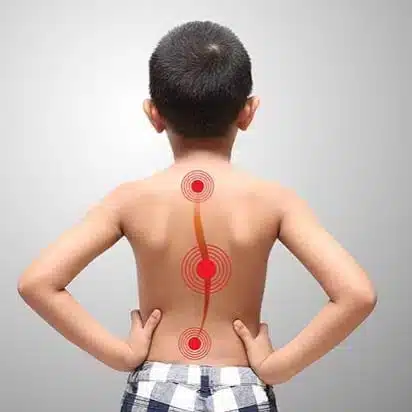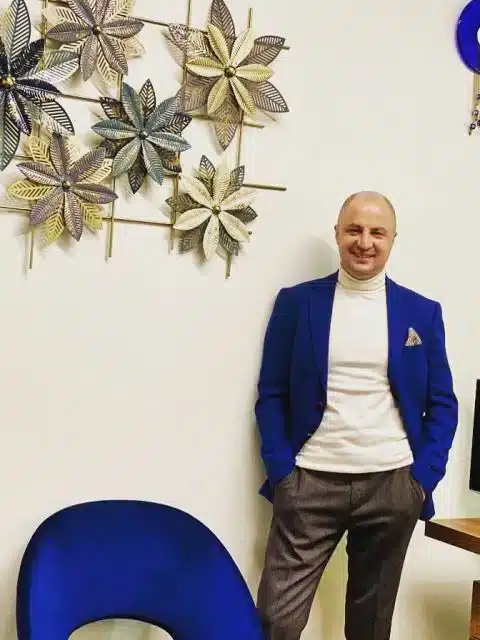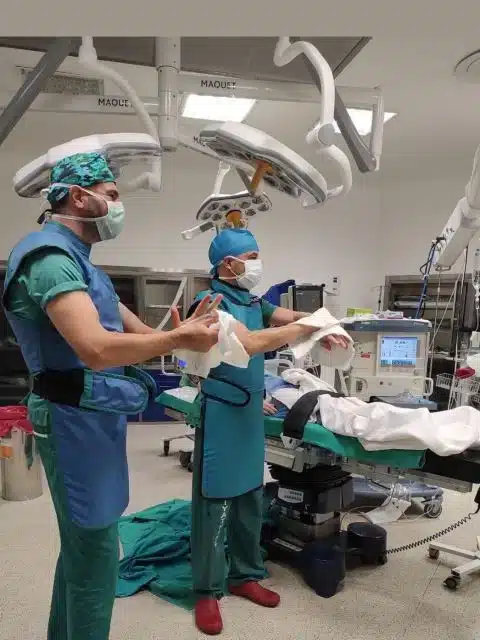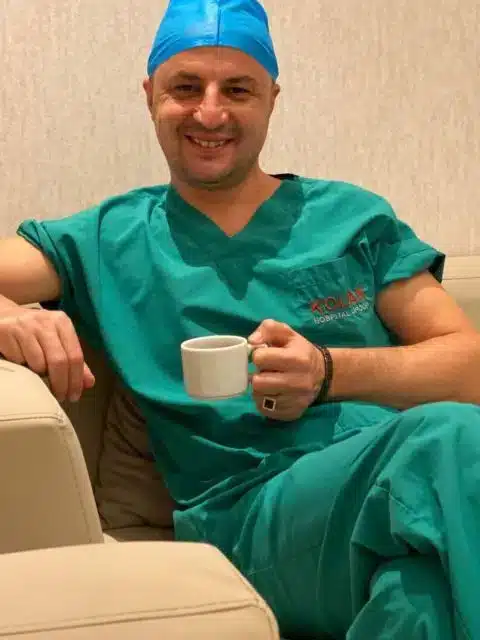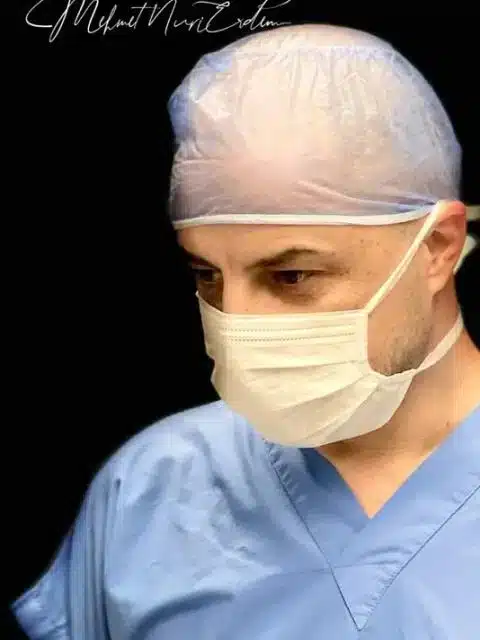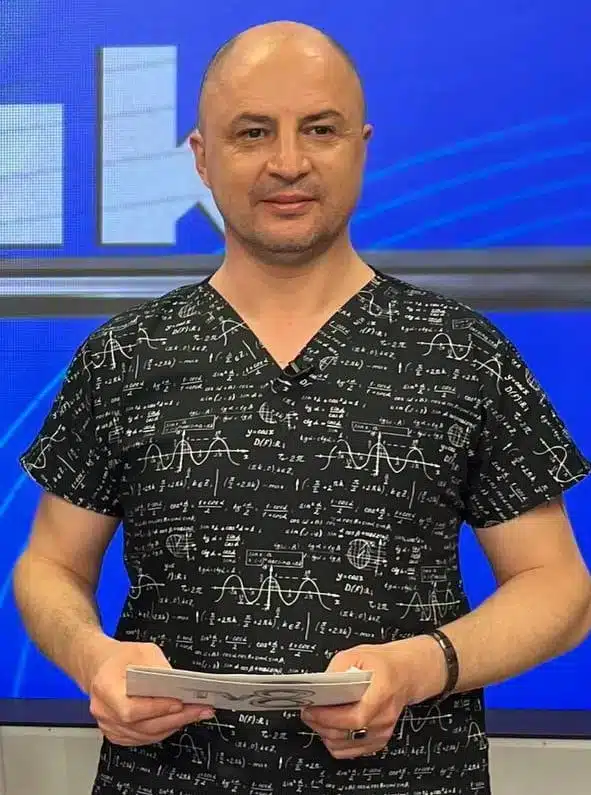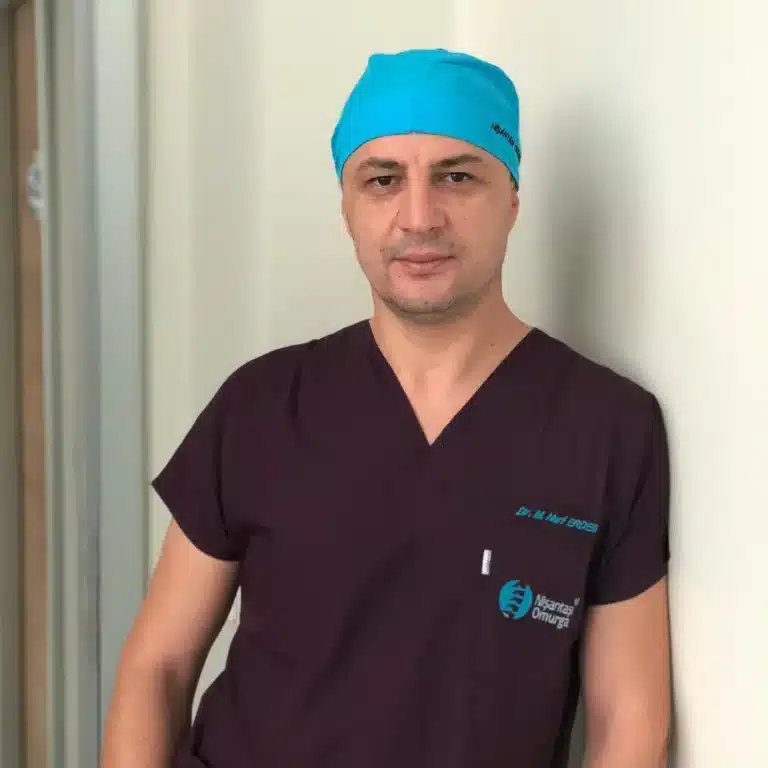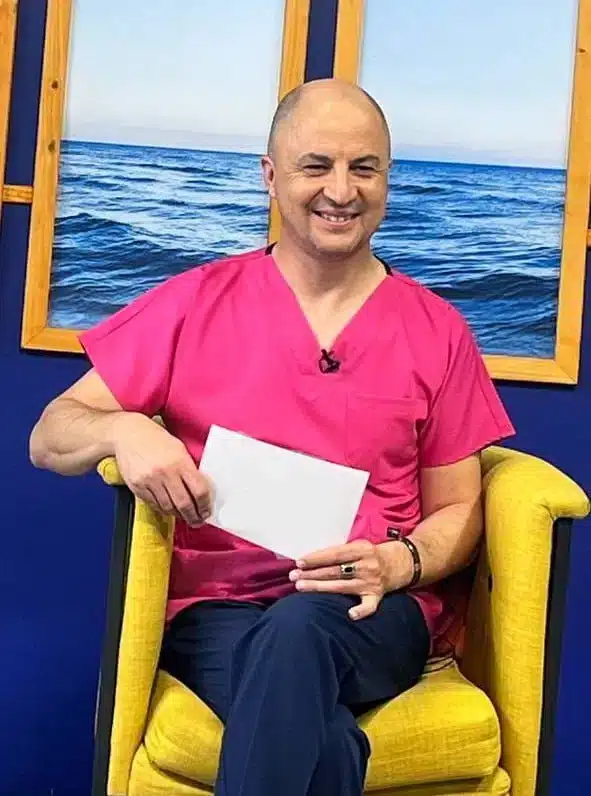Surgical treatment of scoliosis includes many methods. Which of these methods to choose depends on two major parameters: the size of the curvature and the age of the patient…
Scoliosis seen under 10 years of age is defined as ‘Early Onset Scoliosis’.
The reason for this distinction is that the development of the spine continues at these ages. Therefore, surgical procedures should be planned in a way that directs growth without freezing(fusion) the spine, if possible.
The aim is to enable the child to grow up on one hand, while treating the scoliosis on the other.
For this reason, surgeries performed in this period are generally referred to as ‘Growth-Friendly Surgeries’.
Magnetic Rod Application
The primary option among these surgeries is the ‘Magnetic Rod Application’.
Here, pedicle screws are placed below and above the curvature from both sides and attached with magnetic rods. The reason why these rods are called magnetic is that they can be extended remotely by means of the magnet located inside them.
Namely; every 3 months, as the child grows up, the rod on one side is extended at different rates compared to the other. Thus, while the growth period continues, the curvature is corrected.
When the growth is completed, the bone-freezing(fusion) surgery is performed and the treatment is finalized.
Vertebral Body Tethering
Another option is ‘Vertebral Body Tethering’ or ‘Stretching Method’ for children aged 8 years and over.
The purpose here is to prevent the growth with the screws inserted on the outside of the curvature and to ensure that the spine grows only from the inner side of the curvature.
Thus, as the child grows up, scoliosis will recover.
The advantage of this method is that no bone freezing(fusion) is performed.
Although this situation does not make much difference to the already immobile dorsal vertebrae, it provides a significant advantage by allowing the movement to be maintained in the more mobile lumbar vertebrae.
